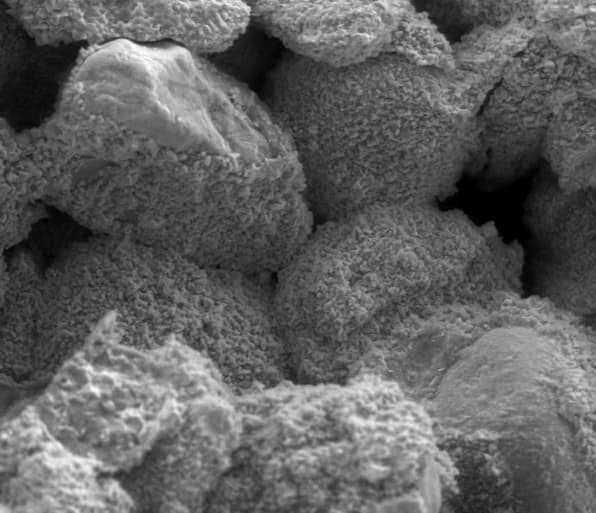So I just discovered this article that was published a few weeks ago at Co.Design. See The Quest To Grow Cities From Scratch | Co.Design by Meg Miller. It certainly is interesting, thought I confess it is out of my main areas of expertise so not sure about the plausibility or reasonableness of some of the possibilities presented.
Here are some quotes that caught my attention
In fact, these new cities will not only be kind to living things, but will be living things themselves; built from organisms like bacteria and fungus, the buildings of the future will grow on their own.
and
The technology for producing such materials–which are made from living organisms like bacteria or fungi or borrow production methods from nature—already exists. They have been tested for years in laboratories and are considered safe for use in construction. Several are now poised to be manufactured in factories across the country. But the next step–achieving scale–may be the most challenging one yet.
and
For fungi like mycelium or for the bacteria in BioMason’s bricks, that might mean altering the DNA so that they take on the properties of other materials, change color, or grow in a particular pattern.
Thoughts anyone? Too premature? Not safe? Not useful? Ready for prime time?

Ok, I’ll bite. I have not looked at the article, but it sounds like it is along the lines of self assembly. Now, everything that human society currently produces is by directed assembly. Take a computer chip. It contains 10’s of billions of transistors, but each is precisely specified in terms of location and shape on a silicon wafer. If there are any errors, it may take down the whole thing. If humans were to design a snow flake, the location of each atom would be precisely specified, all the flakes would look identical, and it would take a “genome” of information approaching Avogadro’s number in size.
Nature does nothing like this. It relies on self assembly. All the information stored in the metagenome has evolved to understand how atoms and molecules and macroscopic structures self assemble. When biology builds a snowflake, it merely specifies the boundary conditions to get one with the needed properties. While each snowflake may vary, they still fit the necessary requirements. Like repeatedly producing five fingers on a hand. Even better examples are conjoined twins and similar constructions. Clearly, there is no information in the genome to specify contingencies for what to do in such a case. However, the conjoined entities still work, more or less. This is certainly not the case for directed assembly. If two engines off the GM assembly line some how got cast together (which is inconceivable in itself), the conjoined engines would certain not function.
This important potential field of science, construction by self assembly, as far as I know, is not even being studied. Human society is very far from building anything by self assembly, but it’s an area that could be expanded greatly.
In the distant future, I see a forest, but not of trees. Instead, it’s a field of chest of drawers. Each chest of drawers sprouting from the soil is slightly different from it’s neighbors, but each is unmistakably a chest of drawers. The drawers, arranged in two columns of three, pop off the plant like an apple plucked from a tree. They are all curved in strange and different ways, but they all function just as expected for a drawer. We are very far from designing such a plant. It takes the knowledge of how the universe self assembles first.
(wow, that was a lot of gibberish)
thanks for biting …